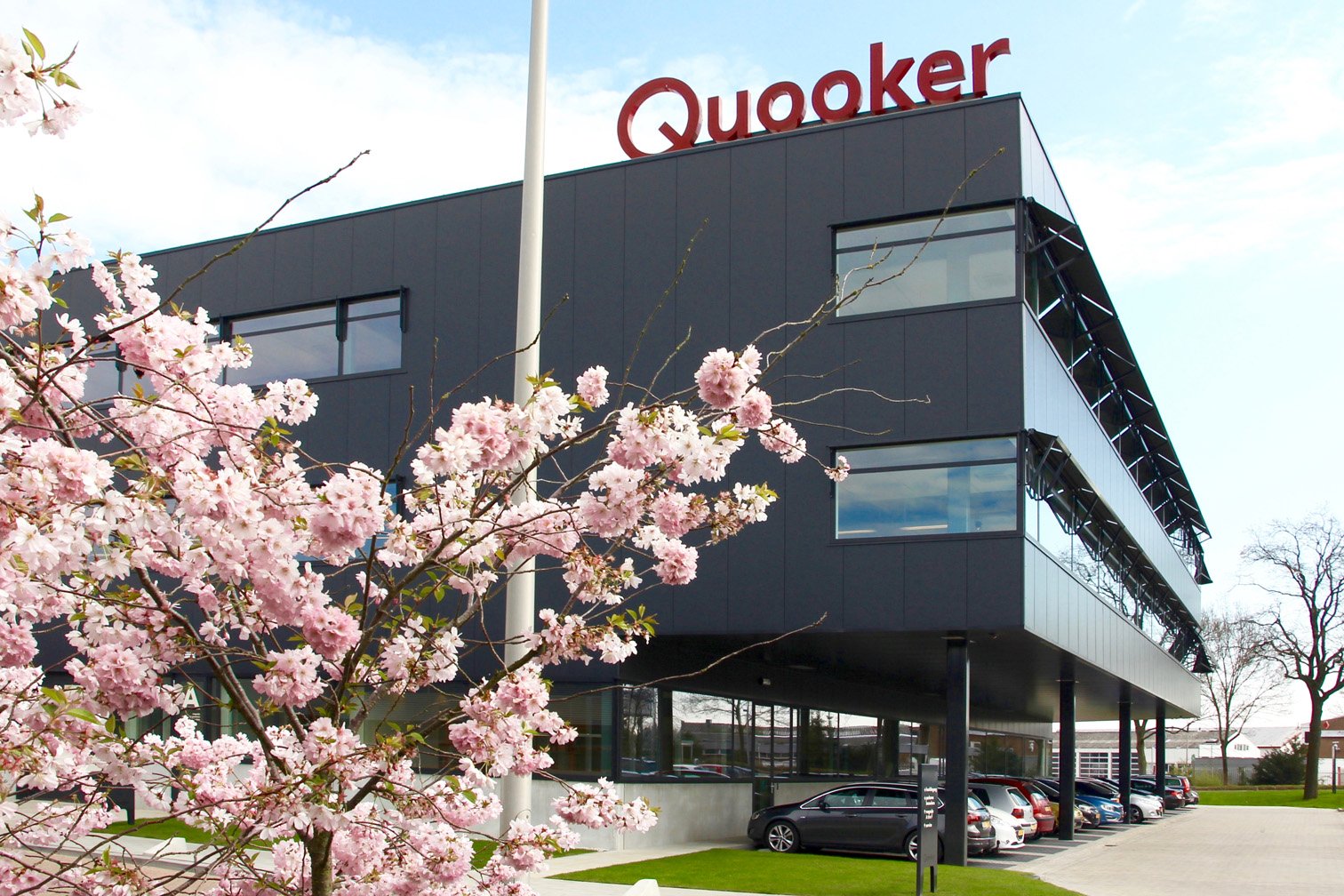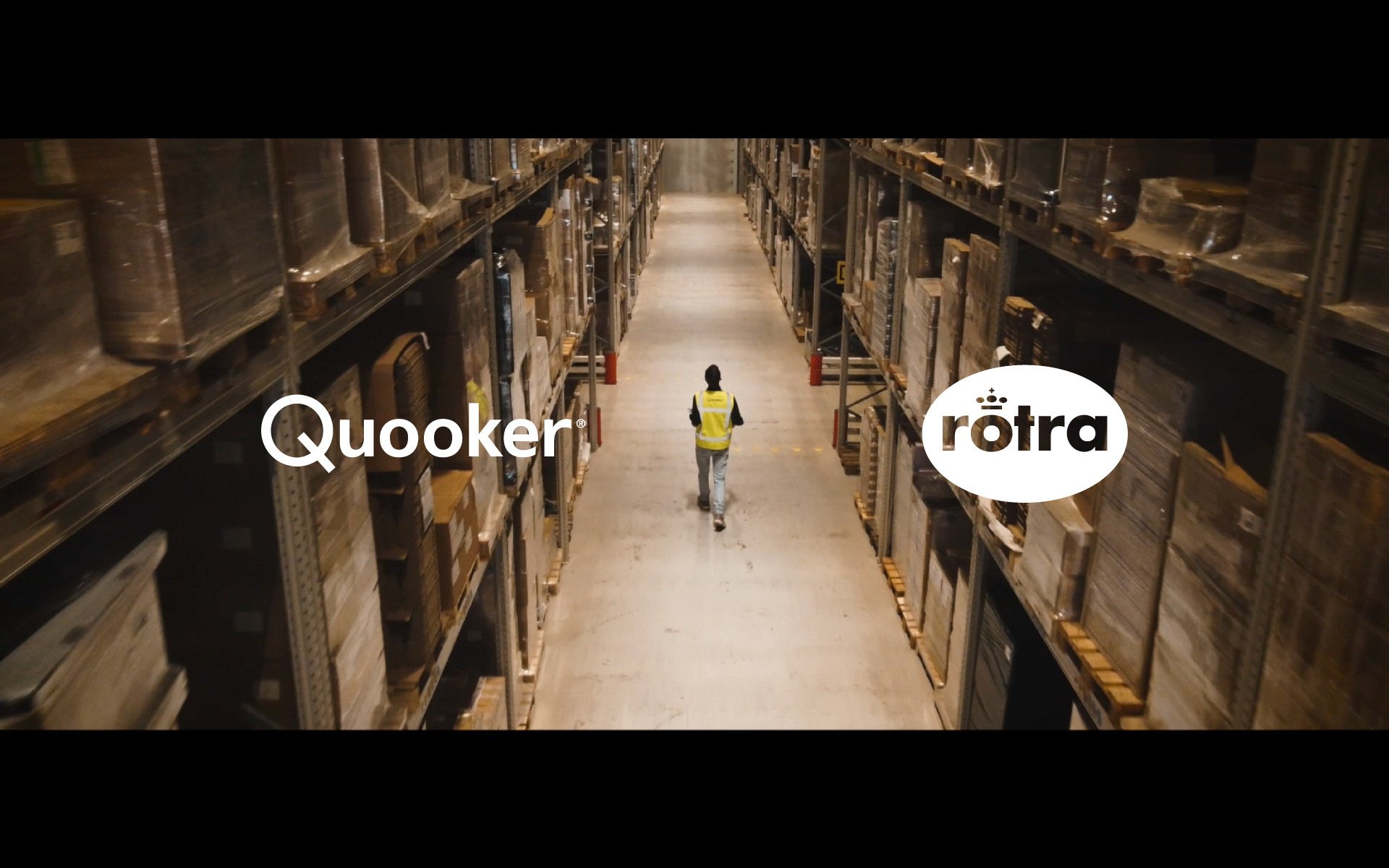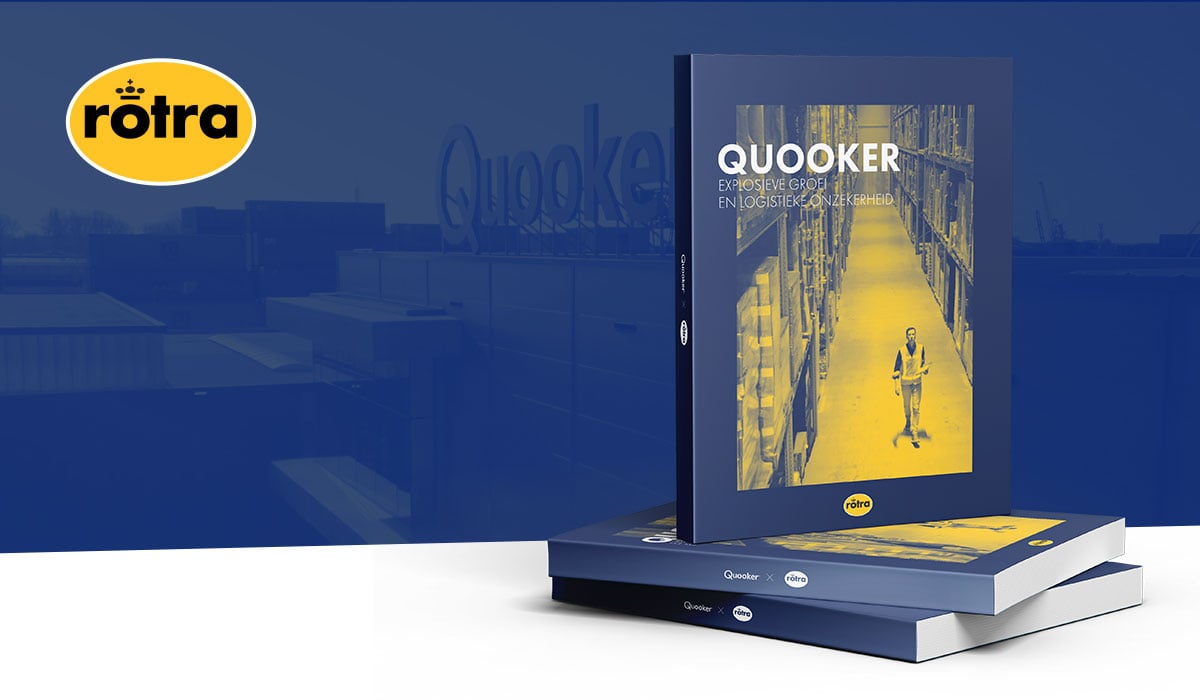
Explosive growth and logistical uncertainty: how Quooker moved to digitalization
From visionary idea to international success
Quooker is one of the most innovative companies in the Netherlands. What started with a brilliant inspiration in 1970 - "Why doesn't boiling water come out of the tap in the house?" - grew into a global brand. It is now impossible to imagine modern kitchens without the famous boiling water faucet, and the company annually supplies hundreds of thousands of systems to customers in many countries worldwide.
But with that rapid growth also came challenges.

Explosive growth, but logistical uncertainty
As of 2018, Quooker grew by a whopping 350% in just a few years. That growth was not without consequences: the company ran into the limits of its logistics organization. Supply chain processes were fragmented, updates on shipments were done via email and Excel, and errors or delays regularly caused production problems. A single missed shipment could cause a domino effect:
- Production lines came to a halt
- Orders were delayed
- Emergency solutions were needed
The solution? A digital transformation of the entire logistics chain

Quooker on their rapid growth and digital transition:

How digitization produced savings
Real-time insight and control
Due to rapid growth, visibility into shipments and delivery statuses is essential. With smart digitization there is grip and room for further growth.
Cost savings
With accurate inventory planning and an efficient supply chain, millions saved on logistics operational costs and warehousing
Systems integration
By linking systems, all shipment data is directly in the customer's own portal. Double data entry belongs to the past
Why you'll want to read this case study
Quooker's case study offers valuable insights for supply chain professionals, digital managers, and anyone responsible for operational efficiency within a growing organization.

Receive the full case study directly in your inbox
And discover how your organization, too, can use digital transformation as a strategic lever


.jpg)